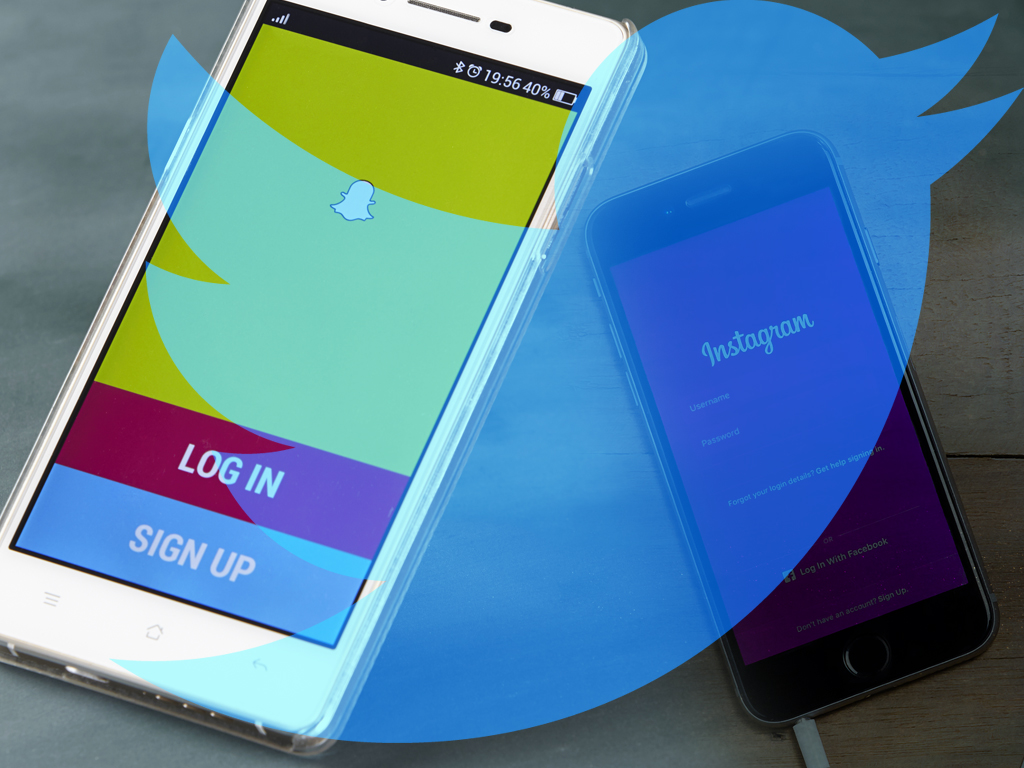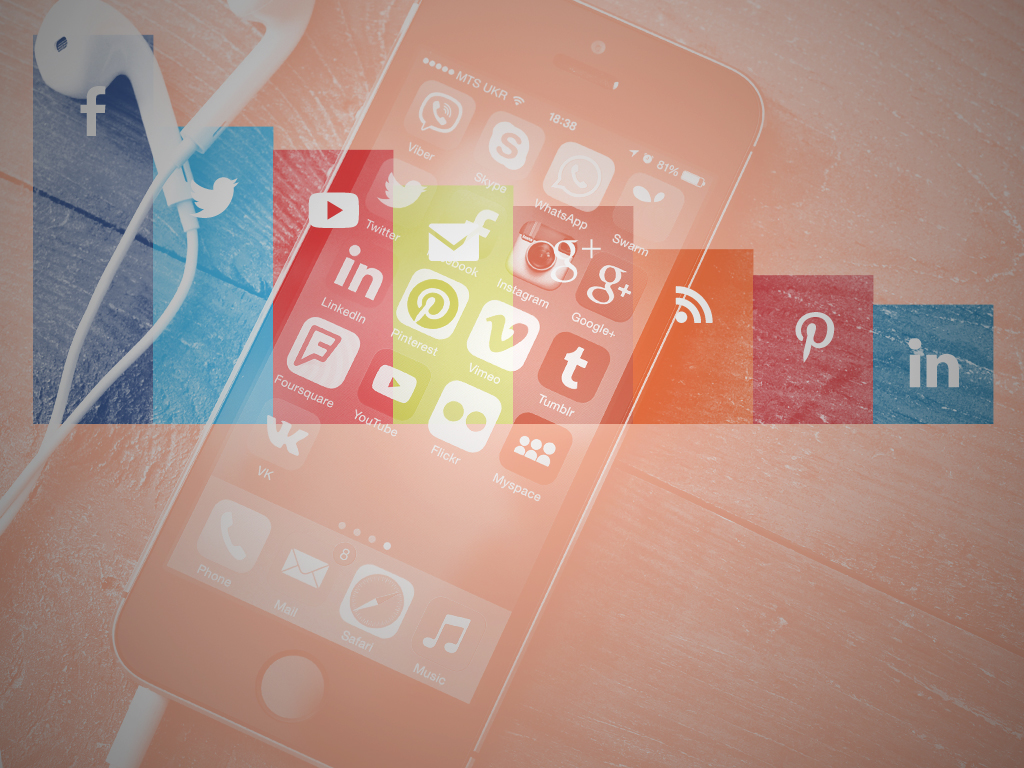Social media has had a profound impact on consumers and marketing alike. In fact, studies have shown tweeting is harder to resist than cigarettes and alcohol. So why is social media so addictive?
Our collective social media dependence can be, in part, attributed to two chemicals: dopamine, which is about desire and causes us to seek out information; and oxytocin, which gives rise to warm, fuzzy feelings, such as when we demonstrate affection.
In fact, tweeting with friends has been shown to spike oxytocin to the same levels as a groom on his wedding day. That’s powerful stuff, according to Courtney Seiter, head of content marketing at social media management platform Buffer, who spoke recently at Mozcon.
It also impacts how consumers see the world. Case in point: Seiter said Facebook users are 43 percent more likely to feel other people can be trusted.
Additionally, Seiter said consumers post online because they like to talk about themselves. In fact, she said we talk about ourselves 40 percent of the time in face-to-face interactions, but a whopping 80 percent of the time online. In part, that’s because there’s general etiquette about talking in person, but the rules are still unclear online.
In addition, Seiter said going to our Facebook pages has been shown to raise self-esteem.
So what does this mean for marketers?
Shareable Content
These are certainly revelations marketers can use to their advantage when crafting content.
Another element for marketers to consider is that consumers have a tendency to use things – like clothes, games, music, or even logos on laptops – to say, “This is who I am.”
In fact, Seiter said 68 percent of consumers say they share content to show who they are, while 78 percent say it’s to strengthen relationships, as in, “I wonder what my friends will say about this?”
That, in turn, means content designed for sharing can be extremely specific, Seiter said. She uses the example of BuzzFeed’s 38 Things Minnesotans Are Too Nice to Brag About. Even though it is super-specific, it’s hugely shareable because those that can relate to it immediately feel resonance and can’t keep it to themselves.
An additional 62 percent of consumers say they share for social currency, meaning others turn to them as experts. In order to create content with social currency, Seiter said marketers must “attack the taken-for-granted,” such as The Dress did with our collective notion of color.
Relationship Building
“We can love brands as much as we love friends,” Seiter said.
Studies have demonstrated that when consumers are shown photos of partners and friends along with beloved brands, the reaction to the brand is not quite on par with the love for a partner, but it can be equivalent to that of a friend, she said.
This means there’s an opportunity for marketers to embrace aspirational messaging and make consumers feel like they are part of a community and have a role to play, she noted. Brands like Gatorade with its Be Like Mike campaign, as well as Lego, which asks consumers to share ideas for Lego sets on its Lego Ideas page, and Coke with its #MakeItHappy campaign, which launched with a Super Bowl spot and the intention of spurring online positivity, make consumers feel like they have a role to play in something bigger, she said.
There’s also potentially an opportunity for marketers to tap into the frequency of social behavior.
Per Seiter, 44 percent of consumers go to Facebook once a day to like content while 29 percent like content multiple times a day. This, Seiter said, is partially attributable to relationship maintenance.
“It’s a nod that says, ‘I see you and I know what you’re doing. We’re still close. We’re still friends,’” she said. “There’s a reciprocity effect.”
But that doesn’t mean brands should go overboard with contact: 23 percent of consumers say they believe they have a relationship with a brand, but only 13 percent say frequent interactions are the reason why.
“[Consumers] were far more likely to say shared values were the way they saw creating a relationship with a brand,” Seiter said.
The Biggest Opportunities For Marketers
Here are Seiter’s big three marketing opportunities.
1. Selfies
There are 300 million photos on Instagram tagged with #selfie, she said.
Historically, only those who were wealthy enough could afford to have portraits of themselves commissioned, so there is something about power in harnessing your own image via selfies today. But Seiter said the attraction to taking selfies is also about figuring out who we are. She points to the concept of the “looking glass self,” in which we can never get a complete picture of ourselves.
“We need that feedback,” Seiter said. “Selfies are a way of creating that atmosphere where we can get that feedback.”
In addition, consumers simply like faces. Per Seiter’s figures, photos with faces are 38 percent more likely to get likes and 32 percent more likely to get comments. Faces also guide our gaze online, so they’re a great way to point consumers to important information, she adds. In addition, faces create empathy. Seiter said research has shown faces in patient files have actually led doctors to treat those patients differently.
This means there’s a ton of opportunities for marketers, such as with branded selfie stations or simply asking consumers to submit their own selfies in a given campaign.
“You can use them to humanize the brand,” Seiter said. “The empathy they create can’t be overstated.”
2. Emoji
Seventy-four percent of consumers use emoji regularly and 6 billion emojis are shared every day.
“When talk face to face, we mimic each other’s facial expressions,” Seiter said. “Online, we didn’t have a way to do this until emojis.”
This, in turn, has resulted in a new brain pattern in which we see the smiley face emoji and react the same way we do when we see a human face.
“Our mood changes,” Seiter said.
In addition, as the number of emojis rises, slang also falls, so emojis are changing our language patterns as well, she notes.
In particular, emojis can help distinguish emails when used in subject lines. MailChimp even did a study of the top 15 emojis by subject line, finding the registered trademark and smiley face emojis among the most popular.
In addition, players like Ikea, Coke, Burger King, and Comedy Central have put out their own branded emojis.
“If you tap into self-identity, people don’t see it as advertising, they see it as part of their self-expression,” Seiter said.
3. Nostalgia
Nostalgia is also something of a universal feeling in digital marketing in part because things change so quickly.
Seiter said consumers are more likely to give money to a cause or pay for a product that is advertised with nostalgia. That’s part of the reason Facebook launched its On This Day feature, which reinserts memories into news feeds.
In addition, she said Instagram is about idealizing a moment and creating nostalgia the instant a photo is taken.
“We speed up the process of nostalgia,” Seiter said.
Miller Lite has employed nostalgia in its throwback packaging, which raised sales; the Mad Libs app has 5.5 million downloads; and colorful designer Lisa Frank teamed up with Urban Outfitters to create “rare vintage notepads.”
“The ‘90s are nostalgic now,” Seiter said. “You don’t have to have hundreds of years of brand history to be nostalgic. Just find what the audience is nostalgic for and tap into that.”
Which social behavior do you think marketers can capitalize upon best? Why?



